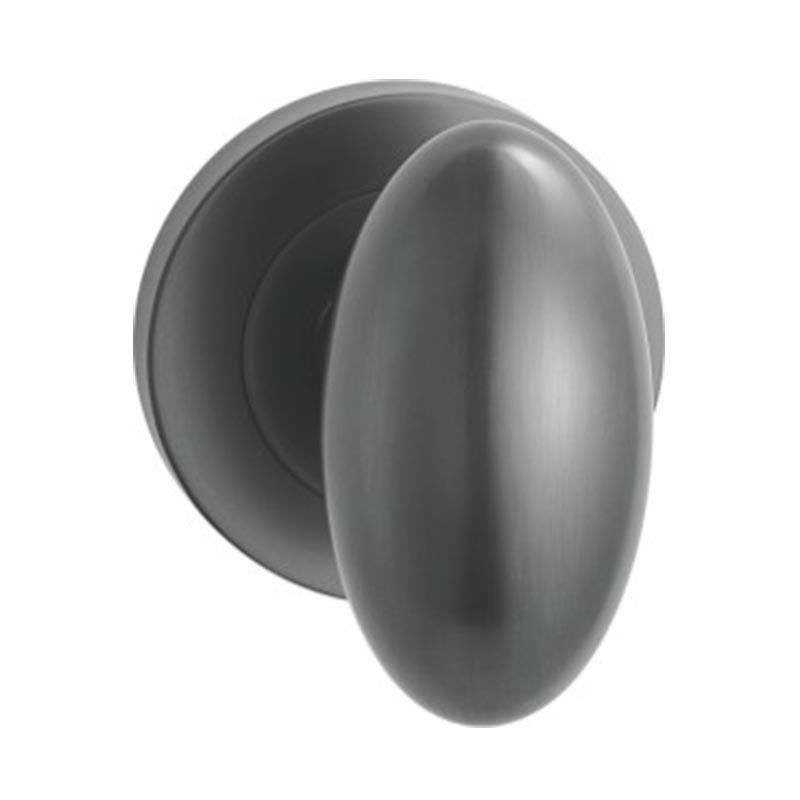Invisible Door Locks have become a popular choice for modern residential and commercial security due to their discreet design and advanced features. While security and smart functionality are primary considerations, the durability of these locks in various environmental conditions is equally important. Exposure to water, dust, humidity, and airborne particles can compromise traditional mechanical and electronic locks, causing malfunctions, corrosion, and reduced lifespan. Understanding the waterproof and dustproof performance of invisible locking systems is essential for ensuring long-term reliability, especially in outdoor applications, humid climates, or industrial environments.

Many Invisible Door Locks are engineered with integrated waterproofing to protect sensitive electronic components and internal mechanical parts. These designs often include sealed enclosures, rubber gaskets, and water-resistant coatings that prevent ingress from rain, splashes, or accidental spills. Waterproof ratings such as IP65 or higher indicate that the locks can withstand water jets or temporary submersion without functional failure. By preventing water penetration, manufacturers ensure that internal circuits, batteries, and sensors remain operational, reducing the risk of corrosion, short circuits, and operational failure over time. For doors exposed to outdoor conditions or high-humidity areas, this feature is particularly critical.
Invisible Door Locks also incorporate dustproofing measures to maintain reliable operation in environments with airborne particles, debris, or fine dust. Sealed housings, tight-fitting covers, and protective membranes prevent dust accumulation in critical mechanical components and electronic circuits. This reduces friction on moving parts, maintains sensor accuracy, and prolongs the lifespan of internal electronics. In industrial or urban environments where dust and fine particulate matter are prevalent, these protections ensure that the lock continues to function correctly without frequent maintenance or cleaning.
The materials used in Invisible Door Locks play a significant role in environmental resilience. High-quality stainless steel, anodized aluminum, and corrosion-resistant alloys are often combined with protective polymer coatings to enhance both waterproof and dustproof performance. These materials resist rust, oxidation, and surface degradation, even under continuous exposure to moisture or particulate-laden air. By integrating material science with smart engineering, manufacturers ensure that locks remain both durable and visually appealing without compromising their discreet design.
Reputable manufacturers subject Invisible Door Locks to rigorous testing to verify their environmental resistance. IP (Ingress Protection) ratings, ASTM corrosion tests, and operational cycling under simulated rain or dust conditions provide measurable evidence of performance. Locks meeting these standards are capable of consistent operation in harsh weather conditions, industrial settings, or coastal regions with high humidity and salt exposure. Certified environmental resistance assures users of long-term reliability and reduced maintenance requirements.
Even with advanced waterproofing and dustproofing, regular inspection and maintenance extend the life of Invisible Door Locks. Ensuring that seals remain intact, cleaning external surfaces, and checking for signs of wear or moisture ingress help prevent long-term damage. In environments with extreme dust or water exposure, periodic cleaning and lubrication of moving parts further improve operational reliability.
The waterproof and dustproof performance of Invisible Door Locks ensures that they remain functional and reliable in a wide range of environmental conditions. Sealed enclosures, corrosion-resistant materials, protective coatings, and rigorous testing assure that these locks can withstand moisture, debris, and particulate exposure. For outdoor doors, industrial facilities, and humid climates, these environmental protections complement the security and smart features of invisible locking systems, offering both peace of mind and long-term durability.